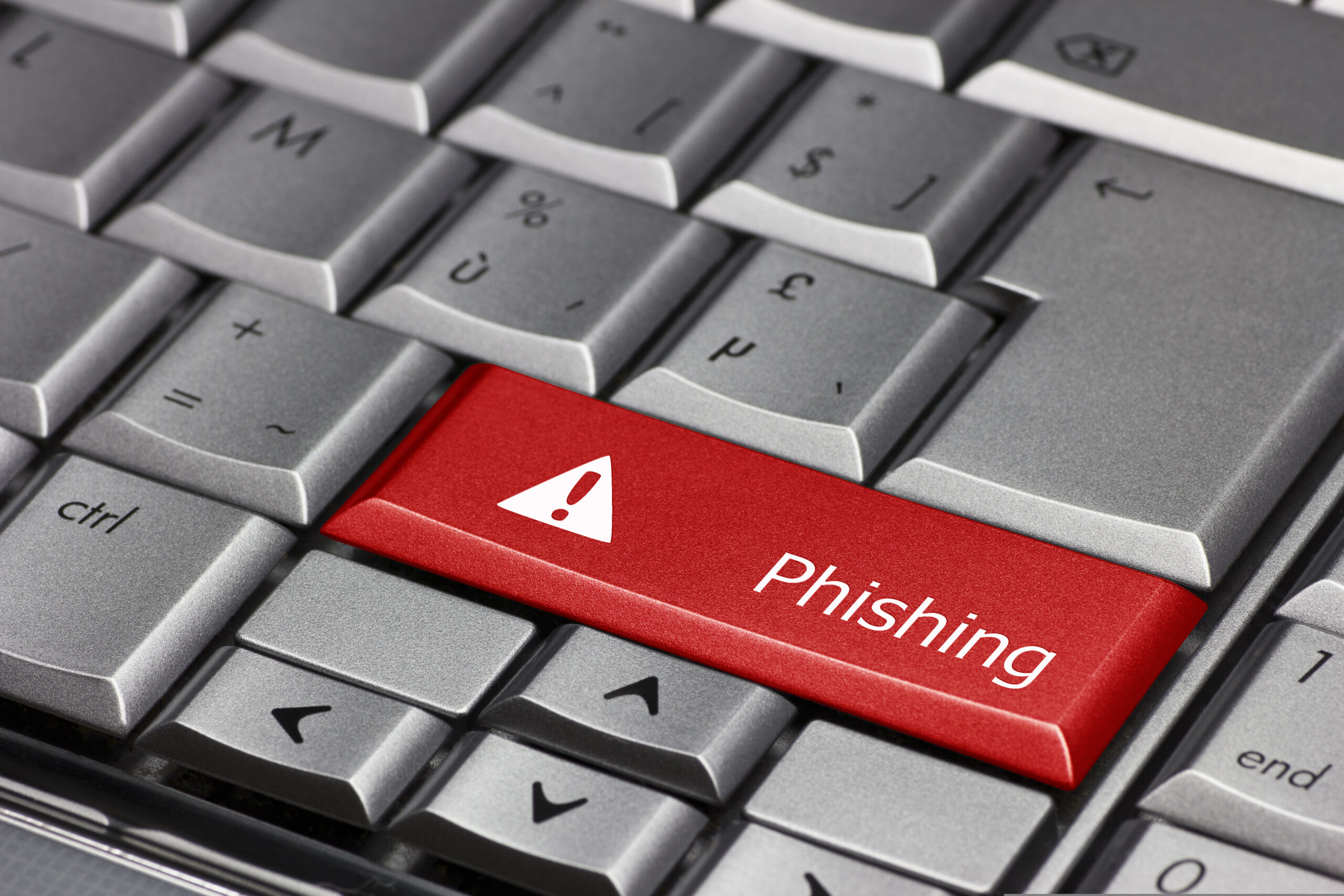Think Before You Click: Understanding Modern Phishing Tactics

In today’s digital world, cybersecurity threats are everywhere and phishing is one of the most common and dangerous. You may think you’d never fall for a scam email or fake website, but phishing has become increasingly sophisticated, targeting not just individuals but entire businesses, large and small.
If you’re running a small business or just trying to keep your personal information safe, understanding what phishing is and how to protect yourself from it is essential. Let’s break it down and explore how to spot phishing attempts and, more importantly, how to stop them.
What Is Phishing?
Phishing is a type of cyberattack in which a scammer poses as a trustworthy source like your bank, email provider, or even a coworker to trick you into revealing sensitive information. These attacks often come via email, but they can also show up in text messages (called smishing), phone calls (vishing), or even through fake websites.
The ultimate goal? To steal your data, such as login credentials, credit card numbers, or personal identity information. In some cases, phishing is used to install malware on your device, opening the door to even more damaging attacks.
What makes phishing especially dangerous is its disguise. These messages often look surprisingly legitimate, complete with logos, professional language, and convincing sender addresses.
How to Spot a Phishing Attempt
Despite how polished some phishing scams have become, there are still signs you can look for. Here are some common red flags:
1. Urgent or Threatening Language
Phishing emails often try to scare you into acting quickly. Phrases like “Your account will be closed,” or “Immediate action required” are meant to trigger panic so you’ll click without thinking.
2. Unusual Sender Address
The email might say it’s from PayPal or your HR department, but when you look closely at the sender’s email address, it’s clearly off—full of numbers or odd domains.
3. Unexpected Attachments or Links
Be wary of attachments or links that you weren’t expecting. These could lead to fake login pages or trigger malware downloads.
4. Poor Grammar or Spelling
While some phishing emails are well-written, many contain awkward phrasing, typos, or inconsistent formatting—easy clues that something’s not right.
5. Requests for Sensitive Information
Legitimate companies will never ask you to email them your password, Social Security number, or bank details. If they do it’s almost certainly a scam.
How to Protect Yourself and Your Business
Now that you know what phishing looks like, here’s how to prevent it from becoming a problem:
Educate Yourself and Your Team
Awareness is your first line of defense. Make sure your employees or family members know how to recognize phishing attempts and understand the risks.
Use Strong Email Filters and Security Tools
Many email providers offer phishing filters that flag or block suspicious messages. You can also invest in professional-grade security software that includes anti-phishing protection.
Enable Multi-Factor Authentication (MFA)
Even if your login credentials are stolen, MFA adds an extra layer of security that can stop attackers from gaining access.
Verify Before You Click
If you receive a suspicious email, verify it. Call the company directly using contact information from their official website not the information in the email.
Phishing isn’t just a nuisance—it’s a serious cybersecurity threat that can lead to identity theft, financial loss, and data breaches. Fortunately, with a bit of knowledge and the right habits, you can stay one step ahead.
By training your eye to spot suspicious messages and implementing solid cybersecurity practices, you can stop phishing before it starts and protect yourself, your business, and your peace of mind.
Don’t let a phishing scam catch you off guard. RE2TECH provides trusted, expert IT support to help you recognize threats, secure your systems, and train your team. Whether you’re looking to strengthen your defenses or need a quick security check-up, contact us today your first line of defense in a digital world.
Share This Article

The Importance of Real-Time Network Monitoring in 2025
In today’s digital-first world, businesses rely on secure and uninterrupted network connectivity to maintain productivity and protect sensitive data. As cyber threats become more sophisticated

The Future of Endpoint Detection & Response (EDR): Why It’s Essential for Cybersecurity
In the face of ever-evolving cyber threats, traditional security measures like antivirus software and firewalls are no longer sufficient to safeguard businesses from sophisticated attacks.

Why Small Businesses Are Turning to VoIP Solutions
VoIP (Voice over Internet Protocol) has rapidly become a game-changer for businesses of all sizes, but it’s particularly attractive to small businesses. By leveraging your
